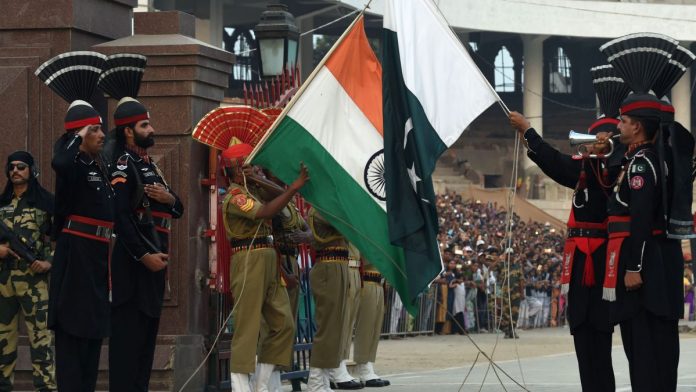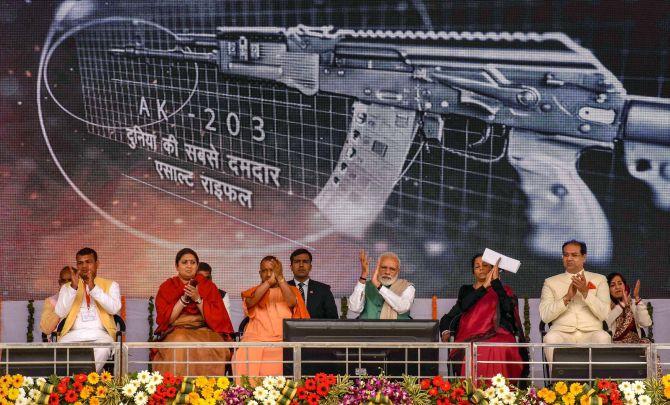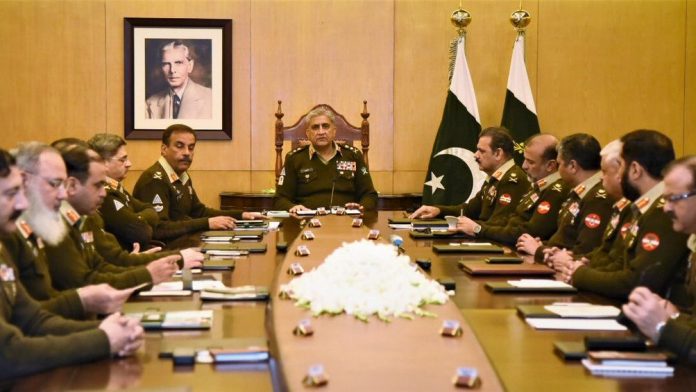PRANAY KOTASTHANE
 Pakistan shows there will be no clean victor in a war but finds an international community turned against it; for India, its air power deployment sounds alarm bells.
Pakistan shows there will be no clean victor in a war but finds an international community turned against it; for India, its air power deployment sounds alarm bells.
As the fog of war between India and Pakistan clears, here’s an assessment of the strategic consequences that go beyond immediate tactical gains and losses.
For Pakistan
First and foremost, engaging in terrorism has now become costly. In the past, the Pakistani military did not face direct and overt repercussions for actions of terrorist outfits operating from its soil. With the 2016 surgical strikes and the 2019 air strikes, India has demonstrated that any provocation in the sub-conventional domain will directly hurt the Pakistani army’s image as the ultimate defenders of the ideological and territorial frontiers of Pakistan. This is a massive strategic loss for the Pakistani military-jihadi complex.














